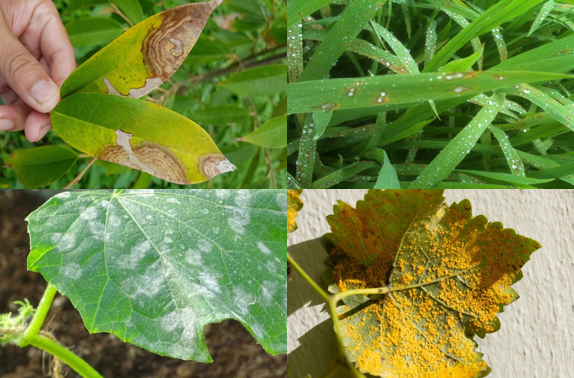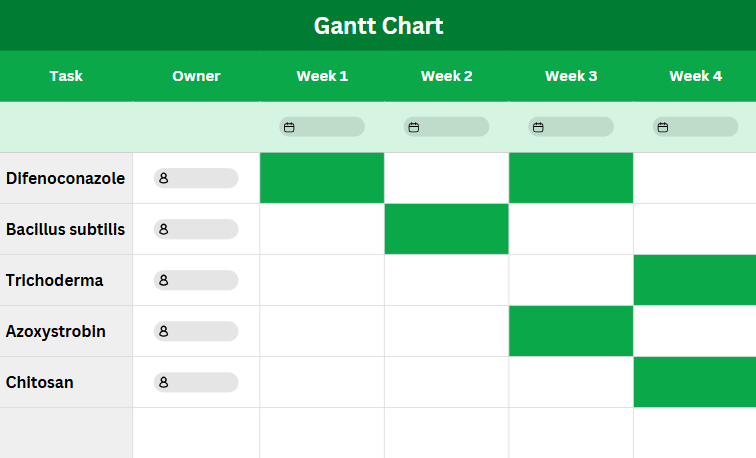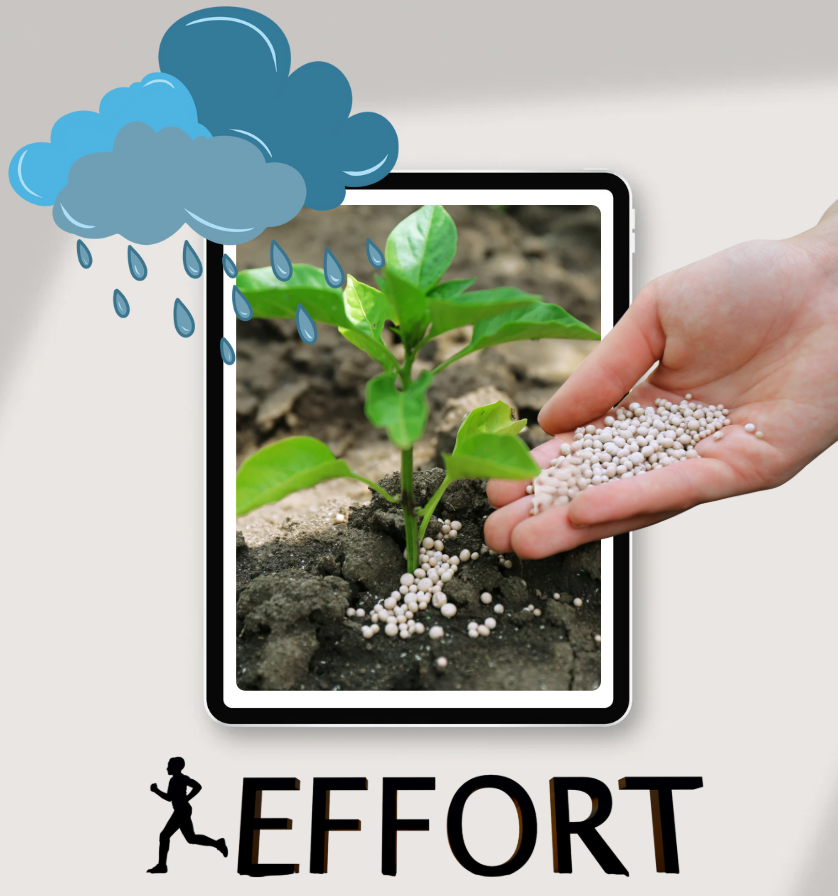
Combining Difenoconazole with Biological Fungicides – Should You Do It?
In the movement toward sustainable agriculture, reducing chemical residues and protecting the environment, biological fungicides are gaining popularity among farmers. However, biological products often act slowly or insufficiently when used alone—especially during rapid disease development. So, can Difenoconazole, a potent chemical fungicide, be combined with biologicals to achieve dual effectiveness? The answer lies in the details below.
1. Why Combine Chemical and Biological Fungicides?

✅ Reduce resistance pressure on pathogens
✅ Increase efficacy during transitional weather periods
✅ Lower pesticide residue levels in produce
✅ Fit for GAP, transitional organic, and clean farming models
2. What Is Difenoconazole and Why Consider Combining It?

Difenoconazole is a Triazole fungicide that inhibits ergosterol biosynthesis, an essential component of fungal cell membranes.
Key features:
- Strong efficacy against anthracnose, blast, leaf spots, powdery mildew, rusts, etc.
- Excellent systemic and residual action (7–14 days)
- Broad-spectrum control for fruit trees, rice, and vegetables
⚠ However, prolonged solo use can increase resistance risk. Combining with biological fungicides introduces diverse modes of action and reduces that pressure.
3. Compatible Biological Fungicides with Difenoconazole
|
Biological Agent |
Origin |
Mode of Action |
Efficacy |
|
Bacillus subtilis |
Bacteria |
Produces antibiotics to outcompete fungi |
Effective on foliage, especially leaf diseases |
|
Trichoderma spp. |
Fungi |
Space competition, parasitism of pathogens |
Great for root zone and soil health |
|
Chitosan |
Natural polysaccharide |
Induces plant defenses, strengthens cell walls |
Enhances resistance, prevents physical damage |
|
Pseudomonas fluorescens |
Bacteria |
Releases enzymes to degrade fungal walls |
Enhances soil disease suppression |
⚠ Note: Do not mix Difenoconazole directly with live microbial products in the same tank—chemical actives may suppress or kill beneficial microbes.
4. Effective Strategies to Combine Difenoconazole with Biologicals

✅ Alternate by timing:
- Difenoconazole: Apply during high-risk stages (e.g., flowering, fruit setting, heading stage) for strong protection.
- Biologicals: Use between chemical applications or pre-harvest to reduce residue and maintain control.
✅ Separate by application form:
- Use Difenoconazole as a foliar spray
- Apply biologicals to the soil (e.g., Trichoderma, Pseudomonas)
🚫 Avoid tank-mixing unless explicitly approved by the manufacturer.
✅ Sample Rotation Plan (for fruit trees):
|
Week |
Product |
Objective |
|
Week 1 |
Difenoconazole |
Control anthracnose, leaf spots |
|
Week 2 |
Bacillus subtilis |
Maintenance and immune support |
|
Week 3 |
Difenoconazole (or + Azoxystrobin) |
Suppress deep-seated fungal spread |
|
Week 4 |
Trichoderma + Chitosan |
Strengthen plant health before harvest |
5. Pros and Cons of Combining Fungicides
✅ Advantages:
- Optimizes disease management effectiveness
- Lowers resistance risk
- Reduces residue levels – suitable for export
- Enhances plant health and natural immunity
⚠ Disadvantages:
- Requires more technical understanding
- Risk of antagonistic interactions if mixed improperly
- Biologicals may act slowly – results require patience
6. Conclusion
Combining Difenoconazole with biological fungicides is highly recommended, but it must be done correctly and not by direct tank mixing unless approved. The synergistic use of selective chemical and safe biological products creates a sustainable, effective, and environmentally friendly disease control system, well-suited for clean farming, VietGAP, and GlobalGAP standards.
Bình luận
Những bình luận mới nhất



